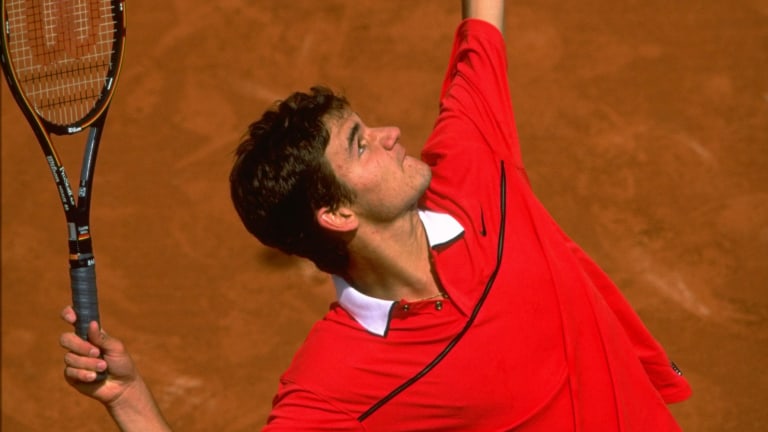Manage the Interruptions Better
Tennis has been willing to experiment with all sorts of rule changes to “speed up” the game. So it was doubly ironic when, during a delay for a long bathroom break in an Olympic Games match, commentator Martina Navratilova tweeted: “Guess how many times I went to the bathroom in my whole career in some 1700 matches?”
The answer, presumably, is “none”—or some number very close to it.
Point made: we’ve all joined the slide down that infamous “slippery slope” that explains why everyone in tennis these days seems to have a weak bladder. Could it be that bathroom breaks often have less to do with bodily functions than the urge for a session of auto-therapy—sometimes a lengthy one, like Swiatek’s nine-minute-plus break during her match with Danielle Collins at the recent Olympics?
It’s unnecessary to review that controversy here. Like many similar ones, it was less a case of a player violating the rules as of badly written and/or poorly understood rules. In Swiatek’s case, court officials apparently told her there was no time limit on the break—even though the International Tennis Federation limits the break for either gender to three minutes, or five if the player wants to change clothes.
Curiously, the WTA allows players to take a bathroom break at any point in a match, preferably before a player serves. There is no time limit on the break. The ATP allows one break per match, but it must be at the end of a set, and it follows the ITF’s three-to-five minute protocol.
The cat is out of the bag now, and bathroom breaks are here to stay. The least tennis can do is negotiate a consistent policy that applies to tour events, Grand Slams, and special events (Davis Cups, Olympics, etc.).


